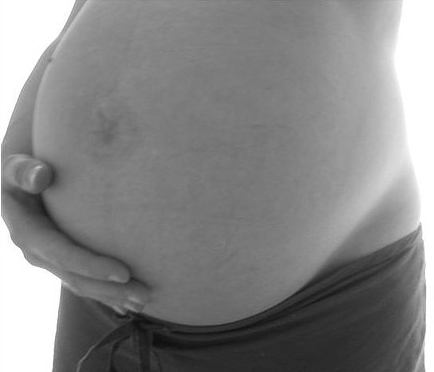For women older than 35, amniocentesis is usually recommended. But the Society of Obstetricians and Gynaecologists of Canada (SOGC) is now presenting a new guideline system:
All women should have access to blood tests and ultrasounds and that the results of such measures should guide the decision for more invasive screening, such as amniocentesis.

Amniocentesis (just like CVS) carries a risk of miscarriage which is currently thought to be 1 out of every 1,600 procedures. So we can easily understand why this guideline could be helpful for plenty of pregnant women with some kind of risk for genetically affected baby. But, just as usual, here is the opinion and concerns of the other side.
According to the Ottawa Sun article, the main question is that Is it free choice or a hunt for perfect babies? You know well my opinion on the subject. Take a closer look at this question. So if I don't want my baby to be affected by a genetic condition, then I say that the lives of people with disabilities aren’t worth living? Umm, I don't think so...
Michael Bach of the Canadian Association for Community Living said:
We’re not saying women shouldn’t have access to information. We’re not saying women’s reproductive rights should be limited in any way. We think the voices of people with disabilities and their families need to be heard.
And at last, according to the SOGC, the new guideline would be important and advantageous:
It would reduce the need for invasive tests, such as amniocentesis, which risk miscarriage, and allow doctors to be ready to deliver a baby with special needs.
“It is very clear that some of the information will be used by women to stop their pregnancies,” co-author Dr. Philip Wyatt said. “More women will use the information to allow pregnancies to go to term that would have been lost.”
The society argues that consent to screening should be informed and that testing programs should “show respect” for the needs and quality of life of disabled people

A public photo from Flickr
References:





Comments